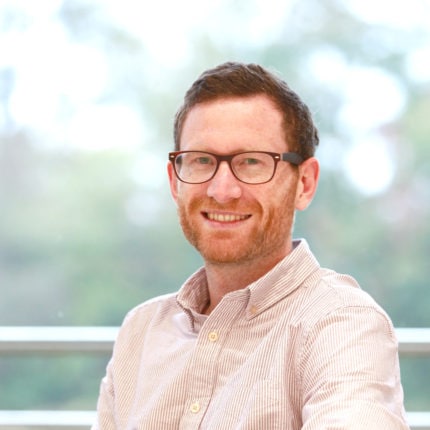The end of October gives us the first look at demand for higher education amongst students in their last year of school.
And yet again, demand remains strong. Numbers surpass last year’s figures and there’s a really encouraging picture on widening participation to some of the UK’s most selective courses.
15 October was the deadline for applying through UCAS to all undergraduate courses at the universities of Oxford and Cambridge, plus medicine, dentistry, and veterinary medicine/science courses across the UK.
In total, 77,810 people have applied to these courses, up from 76,940 twelve months ago. While that’s a one per cent increase, it follows a massive 12 per cent increase between the 2020 and 2021 cycles, so demand remains significantly higher than pre-pandemic levels.
The three per cent year-on-year increase seen from UK 18-year-old applicants largely mirrors their overall population increase (something that’s set to continue for the foreseeable future). However, the stand-out statistics within this group from today’s dashboard cover widening access and participation.
The application gap is closing
Applicants from the most disadvantaged backgrounds (POLAR4 Q1) are once again at record levels (3,030, up from 2,800 last year), and the absolute gap in the number of students from these backgrounds compared to those from the most advantaged (Q5) has reduced. In fact, it is down for the first time in six years.
Q1 applicants have increased by eight per cent, though those from Q5 have only increased by one per cent, to 17,570. The gap is still there and is still pronounced, but we’re seeing meaningful progress. The four UK country specific IMD measures paint almost identical pictures.
The elephant in the room though is the number of actual places available for students applying now. Recent announcements on medicine and dentistry intakes for next year in England, whereby universities will also need to take account of accepted students who deferred starting their courses this year, will inevitably have an impact. We also currently have more reappliers than ever before, though they won’t all necessarily be going for the same courses again.
Cautious aspiration
There are signs though that the most aspirational applicants are aware of the competition they’ll be facing, and are taking steps to mitigate it.
Everyone applying through UCAS can initially apply for up to five courses, though only four of those can be medicine, veterinary or dentistry courses. That fifth choice must be something else (if the student chooses to use it all) but is usually a related subject. Markedly more applicants are using all five choices at this point than before – alternative plans are already in play and students are preparing for the various situations that could occur. There’s also more cross-border interest, with applications to universities in Northern Ireland and Wales noticeably up.
This new caution is hardly a surprise though. Think about everything these students have been through in the last two years. They are arguably the most Covid-impacted application cohort to date.
GCSE exams in 2020? No. Uninterrupted learning in their first year of A levels, BTECS or Highers? Negative. Able to visit all the campuses they would usually do before applying? Very unlikely. Adapting and overcoming adversity is in the DNA of this year’s applicants. They are aiming high, yet also taking steps to mitigate the risks they face in a crowded field.
International demand endures
Demand for a UK degree remains very strong internationally. The year-on-year change in applicants from outside the EU could be considered slightly muted due to the remarkable increase last year, but there is more than a 20 per cent increase in 2022 compared to 2020.
Applications from China have risen by five per cent since last year though to 4,570. This means that for the first time, more than a quarter of non-EU applicants at the October deadline have come from one country. This is something to keep an eye on for the rest of the cycle as the International Education Strategy identifies China (and Hong Kong) as a high-value region, though also recognises the need to identify new opportunities and markets around the world. This is an area UCAS is focusing on with our new postgraduate services for international applicants and agents Myriad.
The effect of Brexit wasn’t truly apparent until the main January deadline for all other undergraduate courses last year, though we’re seeing today’s numbers mirror that pattern. It seems all but certain that we’ll see fewer EU students throughout the cycle this year.
2021 saw such a momentous jump in applications that this year’s statistics could be seen as more subdued. We shouldn’t discount the aspiration, resilience, and savviness of this year’s cohort as a group of individuals though. This year’s picture will inevitably develop once the January deadline passes, but the early signs, particularly on widening participation are encouraging. The 18-year-old population is on the upswing, overall demand in UK HE is rising meaning the journey to a million applicants is well under way.













Out of curiosity, why is there a cap of only four applications for medicine, veterinary and dentistry courses, especially given how they are very competitive to get on to?